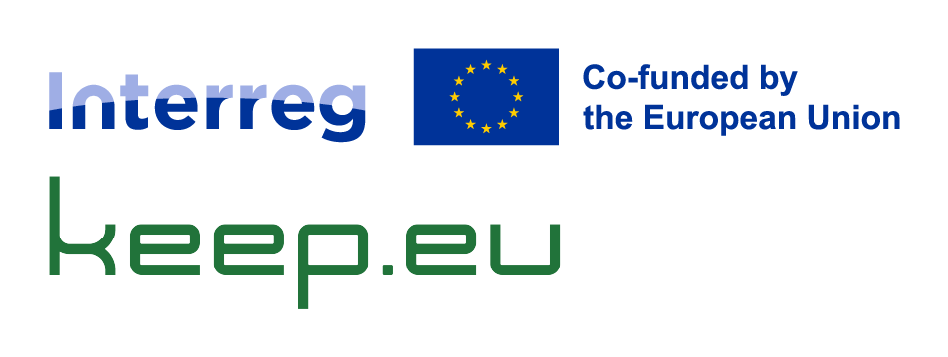Common output indicators (2014-2020 Interreg). What are they?
The so-called CPR, or Common-Provisions Regulation, set out, for all the ESI Funds’ programmes in the 2014-2020 programming period, an intervention logic based on thematic objectives, which were further subdivided into investment priorities. Basically, each programme was to choose, from the defined set of thematic objectives and investment priorities, the ones that it would use as its own.
The very same regulation also defined that each programme would set out indicators and corresponding targets (either qualitative or quantitative) for themselves. They were to be financial indicators, output indicators, and result indicators. For Interreg, the so-called ETC Regulation defined, in its annex, a set of common output indicators that Interreg programmes could choose from and use as their own.
As several programmes used the same common output indicators, keep.eu uses them as a means to search and to cluster programmes. Besides, as keep.eu contains the geographical areas served by each programme, it becomes quite simple to understand which regions in the European Union are served by programmes sharing the same common output indicator.
The list of common output indicators defined by the ETC regulation is as follows:
- Number of enterprises receiving support
- Number of enterprises receiving grants
- Number of enterprises receiving financial support other than grants
- Number of enterprises receiving non-financial support
- Number of new enterprises supported
- Number of enterprises participating in cross-border, transnational or interregional research projects
- Number of research institutions participating in cross-border, transnational or interregional research projects
- Private investment matching public support to enterprises (grants)
- Private investment matching public support to enterprises (non-grants)
- Employment increase in supported enterprises
- Increase in expected number of visits to supported sites of cultural and natural heritage and attractions
- Additional households with broadband access of at least 30 Mbps
- Total length of new railway lines
- of which: TEN-T
- Total length of reconstructed or upgraded railway lines
- of which: TEN-T
- Total length of newly built roads
- of which: TEN-T
- Total length of reconstructed or upgraded roads
- of which: TEN-T
- Total length of new or improved tram and metro lines
- Total length of new or improved inland waterways
- Additional waste recycling capacity
- Additional population served by improved water supply
- Additional population served by improved wastewater treatment
- Population benefiting from flood protection measures
- Population benefiting from forest fire protection measures
- Total surface area of rehabilitated land
- Surface area of habitats supported in order to attain a better conservation status
- Number of new researchers in supported entities
- Number of researchers working in improved research infrastructure facilities
- Number of enterprises cooperating with research institutions
- Private investment matching public support in innovation or R&D projects
- Number of enterprises supported to introduce new to the market products
- Number of enterprises supported to introduce new to the firm products
- Additional capacity of renewable energy production
- Number of households with improved energy consumption classification
- Decrease of annual primary energy consumption of public buildings
- Number of additional energy users connected to smart grids
- Estimated annual decrease of GHG
- Capacity of supported childcare or education infrastructure
- Population covered by improved health services
- Population living in areas with integrated urban development strategies
- Open space created or rehabilitated in urban areas
- Public or commercial buildings built or renovated in urban areas
- Rehabilitated housing in urban areas
- Number of participants in cross-border mobility initiatives
- Number of participants in joint local employment initiatives and joint training
- Number of participants in projects promoting gender equality, equal opportunities and social inclusion across borders
- Number of participants in joint education and training schemes to support youth employment, educational opportunities and higher and vocational education across borders
